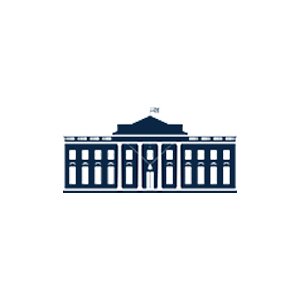
White House Unveils Build Back Better Framework
October 28, 2021
After going to Capitol Hill yesterday to try to rally support from House Democrats, President Biden announced a framework for a $1.75 T “Build Back Better” social spending plan. The framework, which comes after months of negotiations with party moderates and progressives who have not seen eye-to-eye on policies and pay-fors, is still subject to change. The “framework” is not a bill that can be brought to Congress for a vote. Legislative text must first be completed.
Senator Sanders (I-VT), who has been pushing for a more expansive plan, stated that the framework needs improvement. He strongly supports giving HHS authority to negotiate Medicare drug prices. Although drug pricing provisions, such as Medicare negotiations and a redesign of the Part D prescription drug program are not explicitly indicated in the framework summary, those close to the discussions say that drug price reforms, while more limited in scope, are still under consideration. For now, however, aggressive form of drug pride controls appear to have been dropped.
House Democrats had initialy pushed to include H.R. 3, the “Lower Drug Costs Now Act”, which would have imposed harsh and punitive Medicare drug price controls on the pharma industry, such as mandated Medicare negotiations tied to an international price index, with a 95% excise tax for drug manufacturers that fail to agree to the negotiations. Negotiated prices would also be applicable to the commercial insurance market.
However, this approach -favored by more liberal-leaning Democrats – ran into opposition from House and Senate moderates who were concerned about the impact of stiff government price controls on innovation and bringing new treatments and cures to market. The Congressional Budget Office has estimated that fewer new drugs would come to market if price controls in H.R. 3 were to take effect – as many as 60 new drugs over three decades.
Repeal of the drug rebate rule, which was included in the infrastructure bill, would raise $145 billion in revenue and is noted in the framework summary.